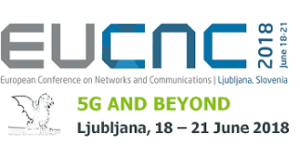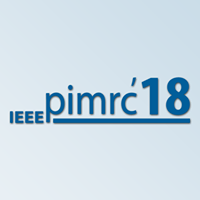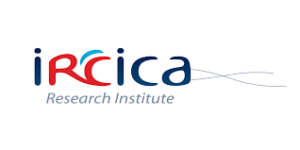
Title: 5G for remote control of train
Summary: Development and implementation of a train-to-ground radio link based on cognitive radio and 5G features applied to the case of the remote-driving of trains
Duration: 18 months
Requested skills: Wireless communications, 3G/4G and 5G technologies, signal processing, Matlab simulations, fluent English, experience in writing journal papers, knowledge of Railway domain will be a plus
Host institution: Railenium (Villeneuve d’Ascq, France)
How to apply: send a CV + motivation letter to marion.berbineau@ifsttar.fr and emilie.masson@railenium.eu and iyad.dayoub@uphf.fr
Context
As a test and applied research centre for the railway sector, the IRT Railenium (http://railenium.eu/fr/) aims to develop, through collaborative innovation, the competitiveness of companies as engines of growth and employment.
Railenium is involved in the “TC-Rail” project: a 42-month project with a goal of achieving the possibility of safely driving a locomotive from a remote site, without a driver in the train cabin, with a safety level equivalent to that obtained in the presence of a driver in the cabin.
The consortium is composed of: SNCF, Thales Communication & Security, Actia Telecom and CNES.
This post-doctoral research position is offered in the context of the TC-Rail project which is a project that aims to develop two on site demonstrators for remote driving of a driverless train. Remote driving based on wireless link between the train and a control centre is a technological brick mandatory for the development of fully automatic driverless trains in a near future. This 18 months position is part of the TC-Rail project and will be held by Railenium for a work with Ifsttar/Cosys/Leost laboratory, IEMN/DOAE laboratory of the University of Valenciennes, Thales and SNCF.
Missions
The work will consist in the development of an uplink wireless solution based on emerging 5G technology to carry high quality video. A state of the art on different topics will be performed in the literature and different Eu projects: chosen 5G wave forms and the ones suitable for critical communications, MIMO and precoding techniques that can operate with these waveforms, railway radio channels and the associated impairments. Some suitable techniques will be chosen. Thanks to simulations with Matlab, some of these techniques will be evaluated and compared in the context of railway and identification of the most promising ones will be identified. Solutions for the optimization in the specific use case of remote driving will be proposed. These solutions will be implemented on SDR boards for on-site trials.
 Protection of Environment and Systems.
Protection of Environment and Systems.





